0% Financing Available
12 Energy Saving Tips to Beat The Heat And Save Money
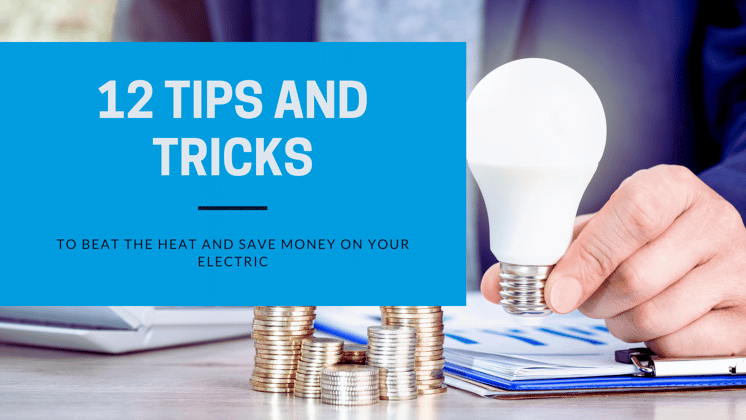
With Memorial Day weekend upon us, it means we have approached the unofficial start of summer. And while summer vacations, poolside lounging, umbrella drinks, and relaxing on the beach are upon the best parts of the season here in Maryland, it also means the summer heat and HUMIDITY will be upon us very soon.
So we wanted to take a moment to share with our customers some electric saving tips and tricks to help keep you home a relaxing and refreshing place to cool down and get away from the summer heat.
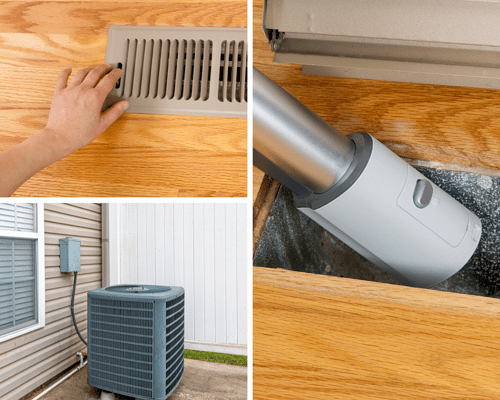
1. Check Your A/C Unit
Your air conditioner requires regular maintenance to function efficiently throughout its years of service. Neglecting necessary maintenance ensures poor performance and unnecessarily high energy use. Fortunately, you don’t have to be a certified HVAC technician to give your A/C a quick, basic check and make sure that it can do its job effectively. Vacuum air vents regularly to remove any dust buildup and ensure that furniture and other objects are not blocking the airflow through your vents. Avoid placing lamps or TV sets near your thermostat. The thermostat will sense the heat these appliances create, which can cause your A/C to run longer than necessary. Also, if your floor vents have the option to be open or closed, you will want to open the ones upstairs and close the downstairs vents. Heat naturally rises so focusing your energy on cooling the upstairs will help you keep that area cool as the air will naturally move downstairs and cool that area of the home, keeping your whole home cool while saving energy.
2. Replace Your Air Filter
Replacing your air filter is one of the easiest and most effective things you can do to make sure that your A/C runs smoothly and efficiently. Clogged, dirty filters block normal airflow and reduce your air conditioner’s ability to absorb heat. Replacing a dirty filter with a clean one can lower your A/C’s energy usage by up to 15%. During the summer months, you want to clean or replace your air conditioning system’s filter every month. Filters need more frequent attention if your A/C is in constant use, is subjected to excessive dust, or if you have fur-shedding pets. Single-room air conditioners will have a filter mounted in the grill that faces into the room. In central air systems, you can find the filter somewhere along the length of the return duct. Common locations are in walls, ceilings, furnaces, or in the air conditioner itself.

If you’re still using incandescent light bulbs, then it’s time to switch to LED lights. Incandescent bulbs are extremely inefficient in energy usage and light output. Only about 10 to 15% of the electricity that they use gets turned into the light—the rest becomes waste heat. LED lights are the most energy-efficient lighting option currently available. They use 75% less energy, last 25 times longer, and run much cooler than standard incandescent lights. They cost a little more upfront, but soon pay for themselves in energy savings.
4. Use Your Thermostat Wisely
Set your thermostat as high as comfortably possible in the summer, ideally 78 °F or higher. Every degree of extra cooling will increase energy usage by six to eight percent. Keep your house warmer than normal when your family is away from your home, and lower the temperature only when people are at home. Avoid lowering the thermostat while air conditioning is running. It won’t cool your house any faster and may result in energy waste. Investing in a smart thermostat can make these temperature transitions easy. Smart thermostats are Wi-Fi-enabled devices that automatically adjust the temperature settings in your home for peak energy efficiency. Smart thermostats learn your habits and preferences and establish a schedule that automatically adjusts to energy-saving temperatures when you are asleep or away.
5. Have fans installed in your home to complement your A/C
Running a fan is much cheaper than running your air conditioning. In fact, running a fan 24/7 for an entire month would only cost about 5 dollars on your electricity bill. While they don’t actually cool the air down, they do create a wind-chill effect that helps people feel more comfortable. Using fans and air conditioning together can really save you money and ensure you are still comfortable. If you use air conditioning, a ceiling fan allows you to set your thermostat setting about 4 °F higher with no reduction in comfort. Remember to turn your fans off when you leave the house. With no people around to feel the wind chill effect, the fans aren’t doing much except making your energy bill slightly higher.
A great trick with ceiling fans that not all know about is that you can change the direction of the fan depending on the season. The ceiling fan direction in summer should be counterclockwise to help create a downdraft, which creates that direct, cooling breeze. Your fan direction in winter needs to be clockwise to create an updraft and circulate warm air around the room.
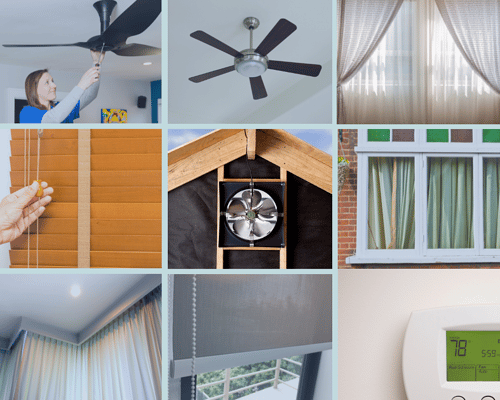
6. Close your window treatments
Closing your blinds or drapes in the daytime to keep out the greenhouse effect of the sun, can reduce heat gain by 45 percent when completely closed and using highly reflective blinds, says the DOE. Southern- and western-facing walls take the brunt of the sun’s heat, so invest in good drapes or shades for the windows on these walls and keep them closed. North-facing windows admit relatively even, natural light, producing little glare and almost no unwanted summer heat gain. You can leave these shades open to admit natural light into your house without heating things up.
7. Get an Energy-Efficient Dehumidifier
In hot, humid climates like Maryland, a dehumidifier is a perfect partner to your A/C and a great way to lower humidity levels in your home. A dehumidifier helps lower energy costs because your A/C won’t have to work as hard. When the air in your home is too humid, your air conditioner has to do double duty—cooling the air as well as removing moisture. An A/C that works too hard will also break more often, requiring lengthy and expensive repairs.
8. Get outside and use your grill
Cooking with a conventional oven can add unwanted heat to your house, forcing your A/C to work harder. Use the summer heat as an excuse to fire up the old backyard barbecue. Outdoor grilling is a summer tradition for a reason—you can cook delicious meats and veggies while keeping the heat outside.
9. Wash Strategically
Washing machines, clothes dryers, and dishwashers all generate a ton of heat. Cut back on this by only using cold water to do your washing. Wash only full loads of dishes and clothes to avoid running the appliances too much. Avoid using your clothes dryer entirely. After washing, hang up your wet clothes to air dry. Since you’re not using as much hot water, you can also turn down the temperature on your water heater. According to the U.S. Department of Energy, water heating can account for 14 to 25 percent of your total energy use. Turning your heater down to the warm setting of 120 degrees Fahrenheit (ca. 49 °C) can save you a few bucks every month.
10. If You Aren’t Using It, Unplug It
Yes, most of the public is currently working from home, so we have our computers plugged in and generating heat, but the trust is all electronics generate heat. Even if it’s switched off, just being plugged in generates a small amount of heat in the wiring, yes that includes your coffee maker. To keep things cool, unplug any electronics you’re not using. It’s not much per device but adds up all the gizmos in your home, and it can make a few degrees difference.
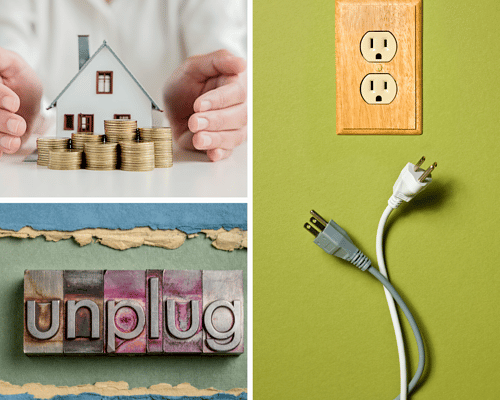
11. Seal Your Home
Insulation isn’t just for the cold winter months. Preventing air leaks is one of the best ways to keep warm air out and cool air in. Simple caulking and weather-stripping can save up to 30 percent on heating and cooling costs. Sealing your home against these leaks is easy, effective, and relatively inexpensive. Use caulk to seal cracks and openings between stationary objects like door and window frames. Apply weather-stripping around things that move, such as window sashes and the door itself. Be sure to check your attic and basement for air leaks, as these floors have large gaps in insulation or missing weather-stripping. Seal the small cracks with foam or caulk. For larger holes, you may need to install or replace insulation.
Attic ventilation fans help cool air in your attic by pushing out the stifling hot air from inside the attic and bringing in cool air from outside. This prevents hot air from seeping into your home and driving up the temperature in the living space, which reduces the load on your air conditioner. According to Oregon State University, the attic acts like a “heat trap” similar to how a car heats up when the windows are closed on a hot day. And this extraordinary heat, sometimes up to 150 degrees, can still transfer heat to the home’s interior long after the sun has gone down. Installing an attic fan can reduce the temperature in the attic by up to 50 degrees, and in turn reduce the heat in the living space of your home by 15-20 degrees.
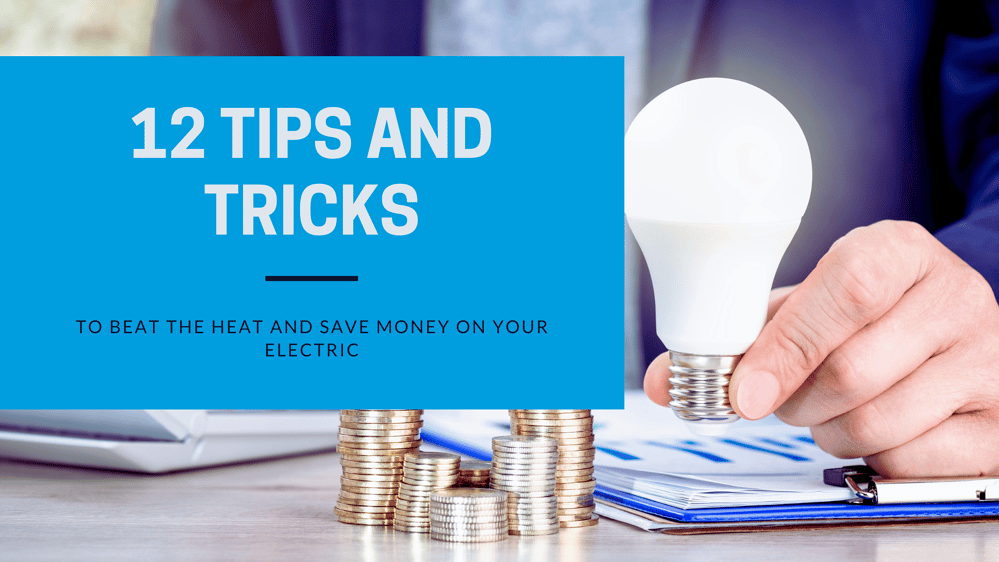
Recent Posts
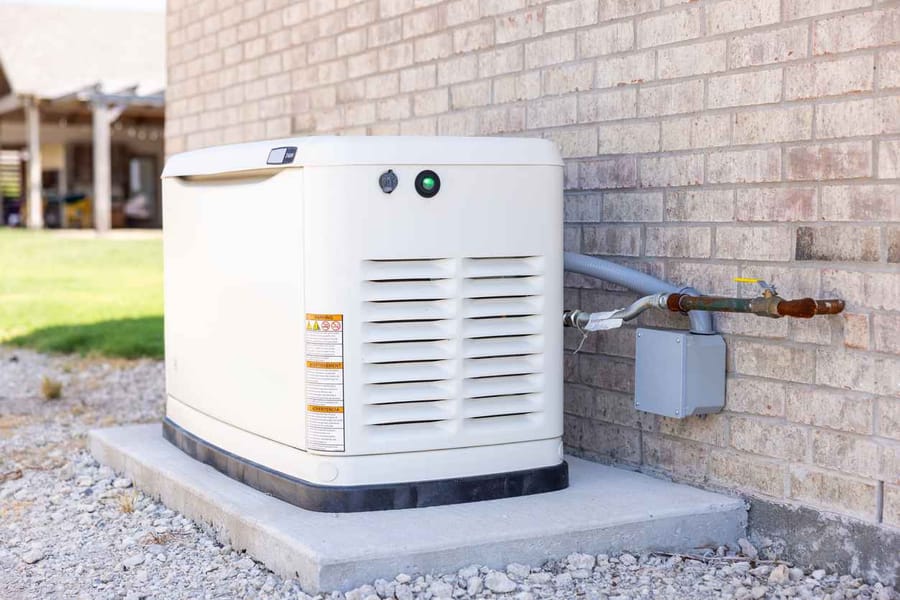
December 19, 2025

December 19, 2025
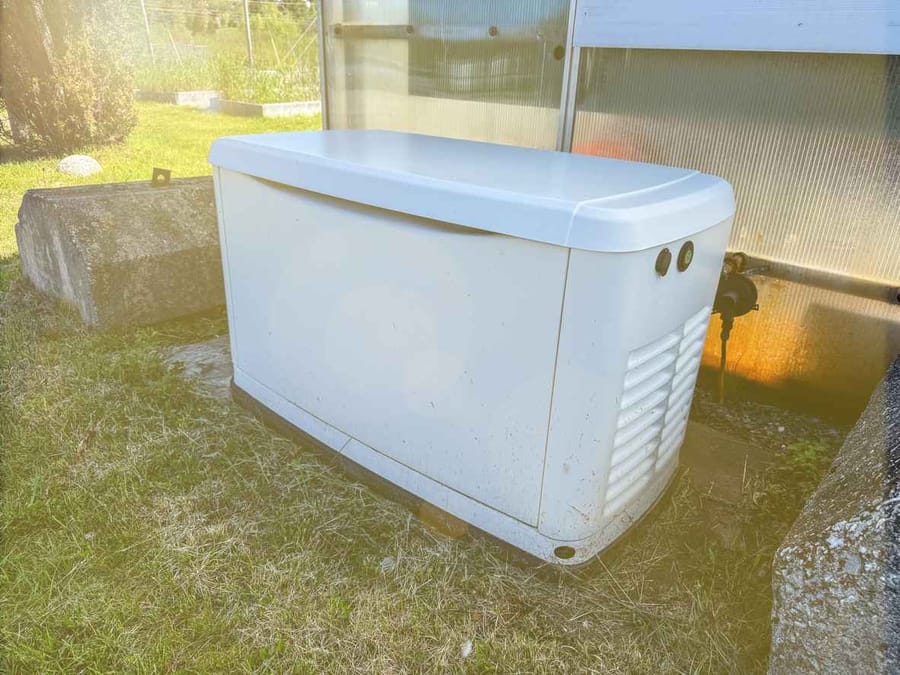
December 19, 2025

December 19, 2025
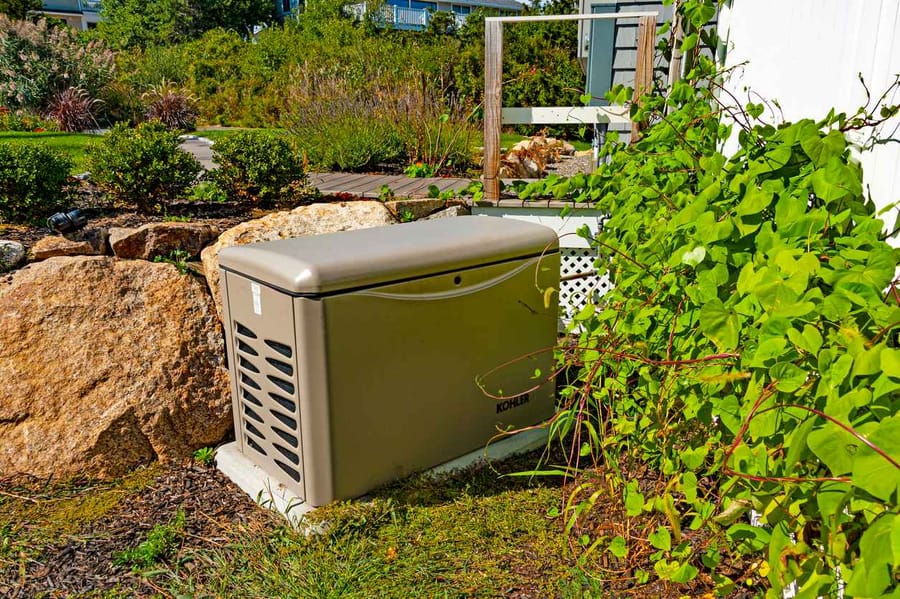
November 21, 2025

November 21, 2025
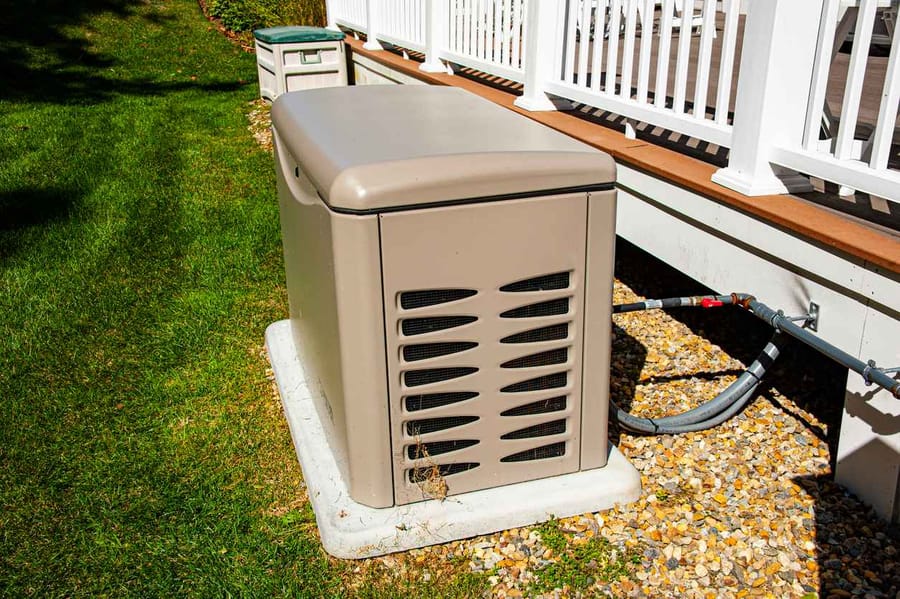
November 21, 2025